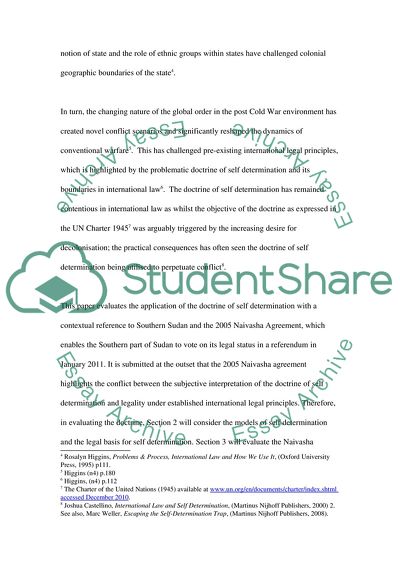Cite this document
(“A critical analysis of the application of the doctrine of Essay”, n.d.)
A critical analysis of the application of the doctrine of Essay. Retrieved from https://studentshare.org/miscellaneous/1574376-a-critical-analysis-of-the-application-of-the-doctrine-of-self-determination-in-the-context-of-south-sudan-with-reference-to-the-naivasha-agreement-of-2005
A critical analysis of the application of the doctrine of Essay. Retrieved from https://studentshare.org/miscellaneous/1574376-a-critical-analysis-of-the-application-of-the-doctrine-of-self-determination-in-the-context-of-south-sudan-with-reference-to-the-naivasha-agreement-of-2005
(A Critical Analysis of the Application of the Doctrine of Essay)
A Critical Analysis of the Application of the Doctrine of Essay. https://studentshare.org/miscellaneous/1574376-a-critical-analysis-of-the-application-of-the-doctrine-of-self-determination-in-the-context-of-south-sudan-with-reference-to-the-naivasha-agreement-of-2005.
A Critical Analysis of the Application of the Doctrine of Essay. https://studentshare.org/miscellaneous/1574376-a-critical-analysis-of-the-application-of-the-doctrine-of-self-determination-in-the-context-of-south-sudan-with-reference-to-the-naivasha-agreement-of-2005.
“A Critical Analysis of the Application of the Doctrine of Essay”, n.d. https://studentshare.org/miscellaneous/1574376-a-critical-analysis-of-the-application-of-the-doctrine-of-self-determination-in-the-context-of-south-sudan-with-reference-to-the-naivasha-agreement-of-2005.


